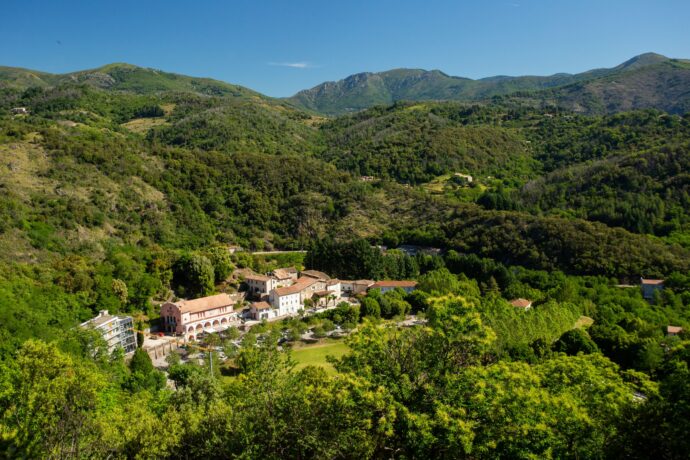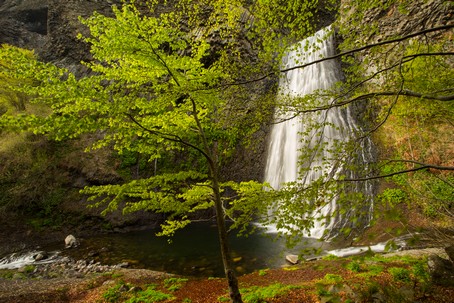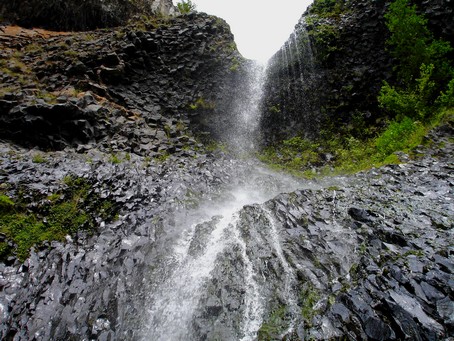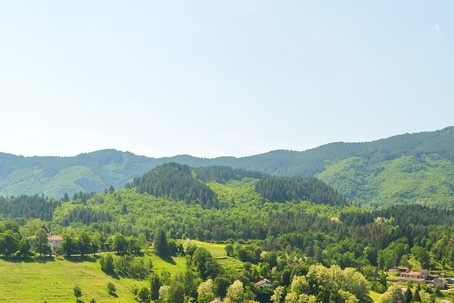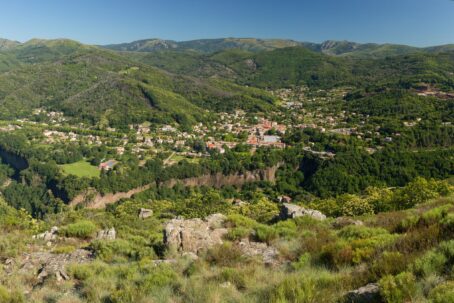Volcanism
Our Ardèche landscapes bear the geological imprints of these giant volcanoes. Their immense volcanic silhouettes that embrace the contours of the Geopark of Monts d’Ardèche both amaze us and offer us the most beautiful panoramas.
Ardèche is forever marked by volcanic sites: basalt flows, lakes, waterfalls, volcanic cones, craters… These volcanic episodes have occurred there in both space and time. From the ancient volcanism of the Ardèche mountains, linked to the latest manifestations of the Velay (approximately 8 million years ago), to the young Ardèche volcanoes that erupted their lava only tens of thousands of years ago over Jaujac (approximately 35,000 years ago), volcanism has shaped the landscapes, history, and human activities.
Volcano, who are you?

Strombolian volcano
These Strombolian volcanoes are numerous in our part of Ardèche! Named after Stromboli, during their activity, they alternate between explosive and effusive phases. While effusive eruptions emit fluid lavas, the majority of which spread on the surface of a volcano, explosive eruptions mainly produce fragmented lavas in the atmosphere. The molten products or fragments are propelled by volcanic gases. The crater’s lava sometimes also flows in streams, and there are many of these in Ardèche.
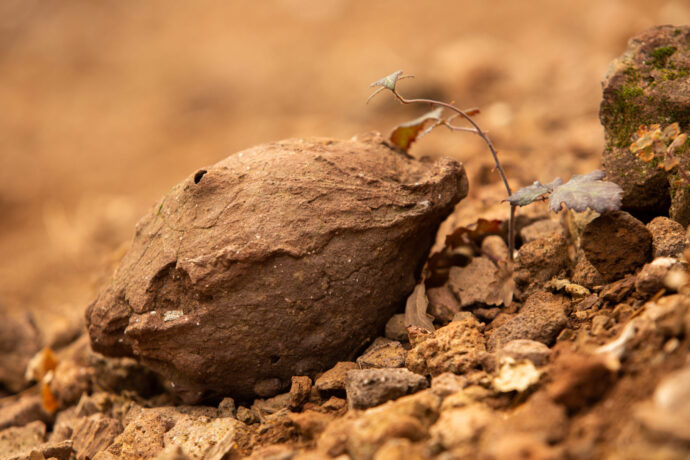
Explosive heart
What you have in front of you is a volcanic bomb. A true gem from the heart of the volcano, it’s a fragment of lava ejected into the air during the fragmentation of magma during a volcanic eruption. In Ardèche, with a bit of luck, you can observe these along the trails of ancient volcanoes during your walks or hikes. For example, the largest volcanic bomb in France is visible on the path of the Volcan du Souilhol.
Breathtaking landscapes…
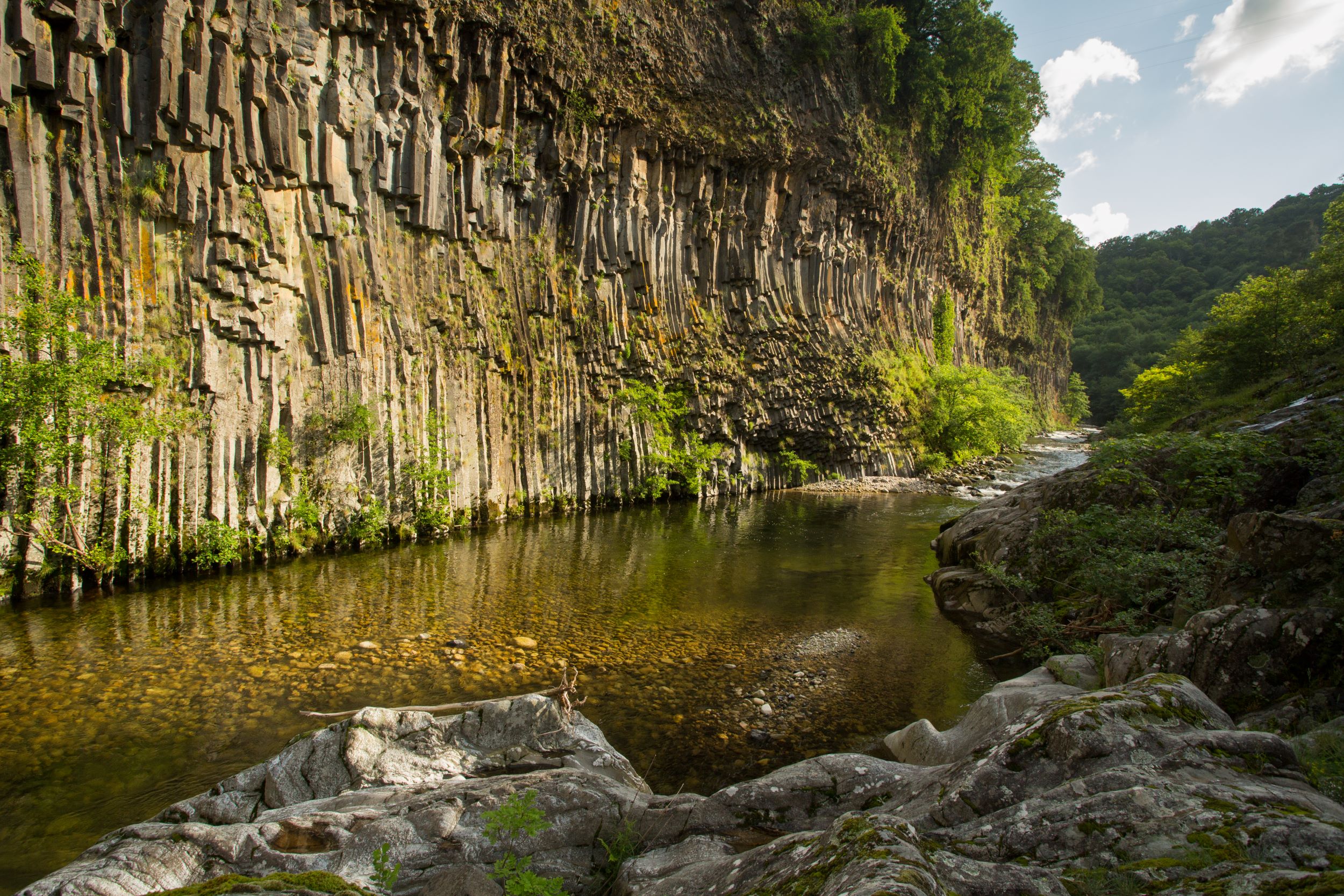
Generous curves
The famous volcanic eruptions have left behind unusual formations known as basaltic “flows” or “organs.” Today, they are impressive remnants of the past activity of the young volcanoes in Ardèche. These unique curves along our rivers are among the most beautiful and highest in Europe in Jaujac, Thueyts, and at the Ray pic site in Péreyres (20 km).
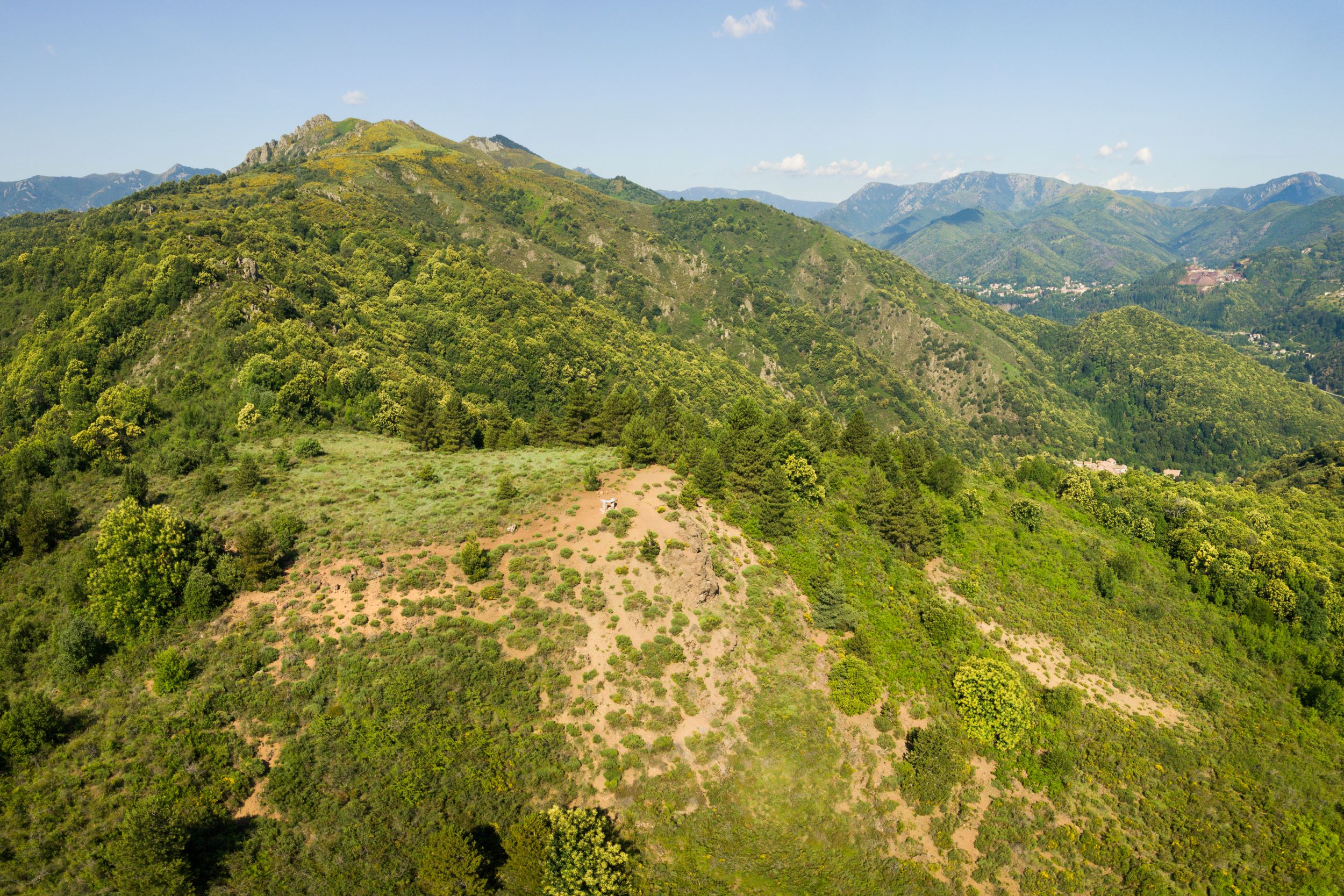
A unique geological identity
Since 2014, the Regional Natural Park of Monts d’Ardèche has received the international UNESCO Geopark label. With the assistance of local geologists and academics, the Park has identified exceptional geological sites known as “geosites.” These are true focal points for understanding the Earth’s history, and their discovery will captivate you with their rare beauty and educational uniqueness.
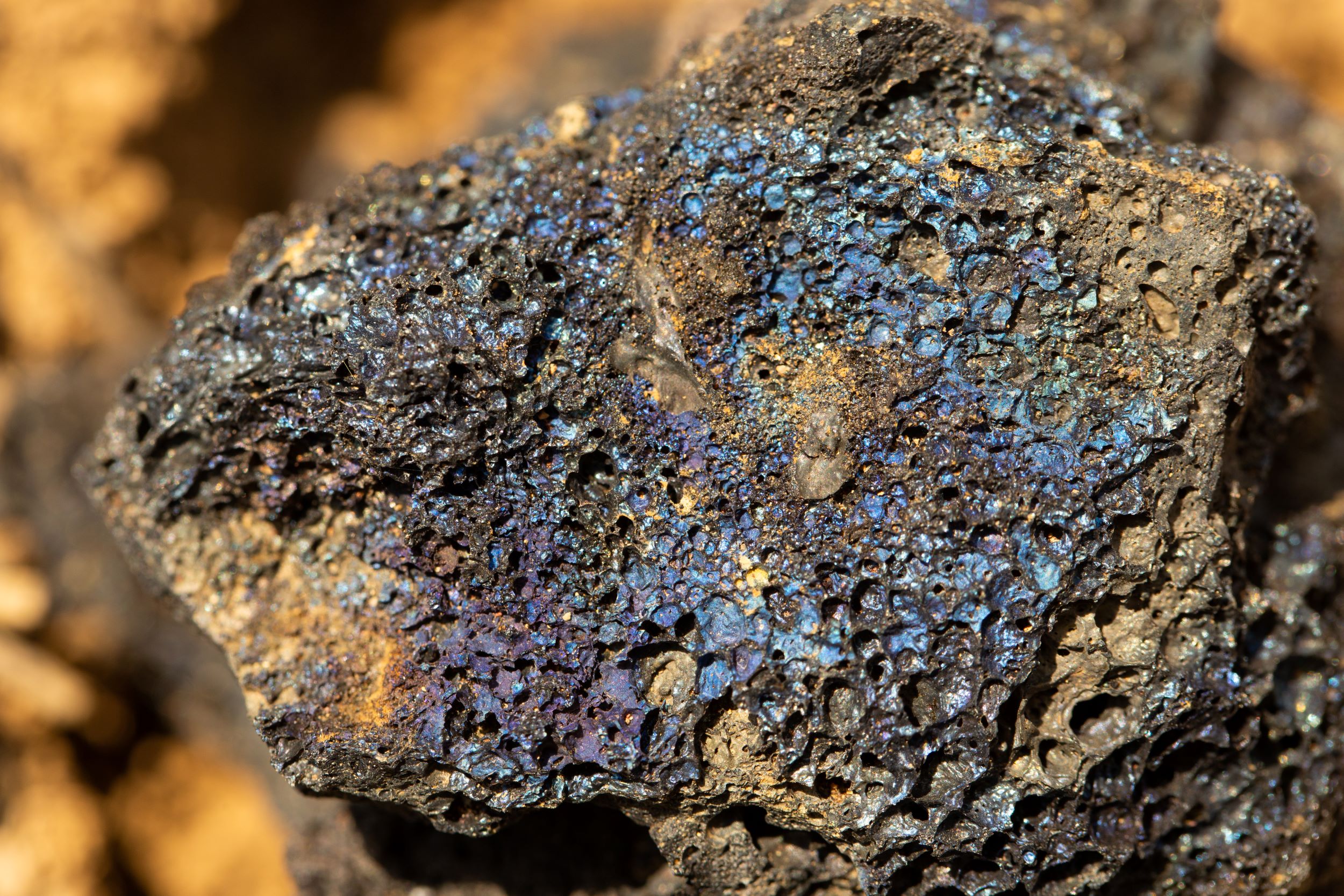
From stone to building…
Volcanic stones like pumice or basalt are versatile gems! They are often used in house construction for insulation or as mineral mulch for plants and gardens.
Did you know that depending on their size, each volcanic “product” or “stone” has a specific name… would you like to learn more about them?
Conquering the 7 young volcanoes of Ardèche

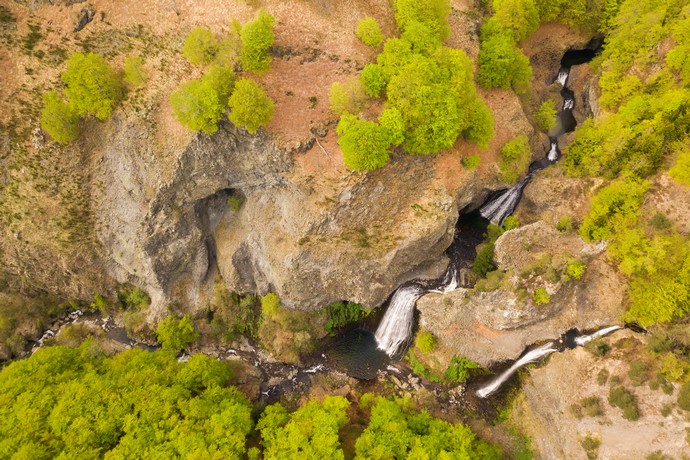
An unprecedented discovery of volcanism
In the heart of the Monts d’Ardèche Geopark, seven young volcanoes await, and we challenge you to go meet them! Take the paths along the basaltic flows, old craters, or near the Ray Pic Cascade…
How do you participate in the challenge? Ask for participation cards at your local tourist offices, and then embark on the adventure! During your volcanic hunt, explore three flagship territories of Ardèche and their geosites: Ardèche des Sources et Volcans (the Jaujac Pit, the Gravenne volcano on the Montpezat side, and the Thueyts side with its Devil’s Bridge, the Souilhol volcano, and the Maar du Ray Pic with its waterfalls), La Montagne d’Ardèche (Lake Issarlès & the Suc de Cherchemuse), and the Bassin d’Aubenas (the Aizac Pit).
On each volcanic site, there are markers to stamp your Pass’explorer card: Once the challenge is completed, return to the nearest tourist office, and we will gladly give you your reward!
